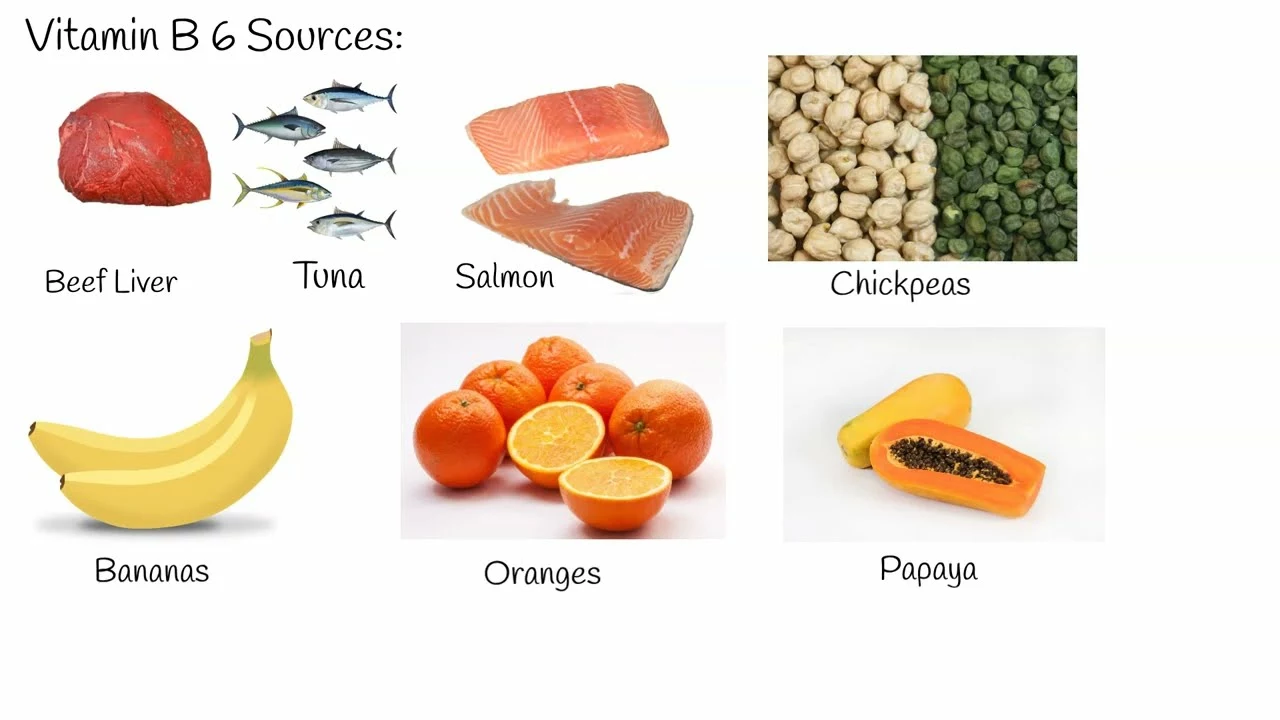Vitamin B6 (pyridoxine): what it does and why it matters
Vitamin B6, also called pyridoxine, helps your body make neurotransmitters, build red blood cells, and process proteins. It’s a small nutrient with a big job: thinking clearly, keeping energy steady, and supporting your immune system. Most people get enough from food, but knowing sources, doses, and risks helps you decide if a supplement makes sense.
Where to get vitamin B6 — real food first
Choose foods before pills. Good sources include chickpeas (one of the richest), tuna and salmon, chicken breast, potatoes, bananas, fortified cereals, spinach, avocados, and nuts. A simple plate with chickpeas or salmon plus a potato and spinach gives you a solid portion of daily B6 without needing a supplement.
How much do you need?
Daily needs vary by age and life stage. For most adults, 1.3 mg/day is the target. Men over 50 usually need around 1.7 mg/day. Pregnant and breastfeeding people need more — about 1.9–2.0 mg/day. These amounts are easy to meet with a balanced diet. Supplements are useful if a doctor diagnoses a deficiency or you have a condition that raises need.
If you’re thinking about higher doses, note the safety limit: the tolerable upper intake level for adults is 100 mg/day. Long-term high doses can cause nerve problems, so don’t self-prescribe mega-doses.
Blood testing (plasma PLP — pyridoxal 5′-phosphate) can confirm a deficiency if you have symptoms like numbness, tingling in hands or feet, persistent irritability, cracked lips, sore tongue, or unexplained anemia.
Certain situations raise B6 needs or affect levels: people taking isoniazid (a TB drug) often need extra B6, and some long-term oral contraceptive users may have lower levels. Also, vitamin B6 can interact with levodopa unless given with carbidopa — so check with your prescriber if you take any prescription meds.
Supplements usually come as pyridoxine hydrochloride or in a B-complex. For short-term issues your doctor may recommend 10–50 mg/day. For diagnosed deficiency they might use higher doses for a limited time, then taper to a maintenance dose. Always follow medical advice.
Practical tips: eat a variety of whole foods, consider a B-complex if your diet is limited, and avoid long-term high-dose B6 without medical supervision. If you notice numbness or balance problems after taking supplements, stop and see your doctor — those can be signs of too much.
Want more on how B6 fits into specific conditions like depression, PMS, or nerve pain? Check a reliable source or ask your healthcare provider — they can recommend the right test, dose, or safe supplement form for your situation.
How Pyridoxine Supports a Healthy Nervous System
In my recent research, I discovered the vital role Pyridoxine, also known as vitamin B6, plays in maintaining a healthy nervous system. It aids in the production of neurotransmitters, the body's chemical signals, keeping our brains functioning optimally. Without sufficient Pyridoxine, our bodies may face difficulties in nerve communication, leading to several neurological disorders. So, incorporating foods like fish, poultry, and starchy vegetables into our diet can help ensure we get enough of this essential vitamin. To sum up, Pyridoxine is truly a powerhouse nutrient for our nervous system's well-being.

